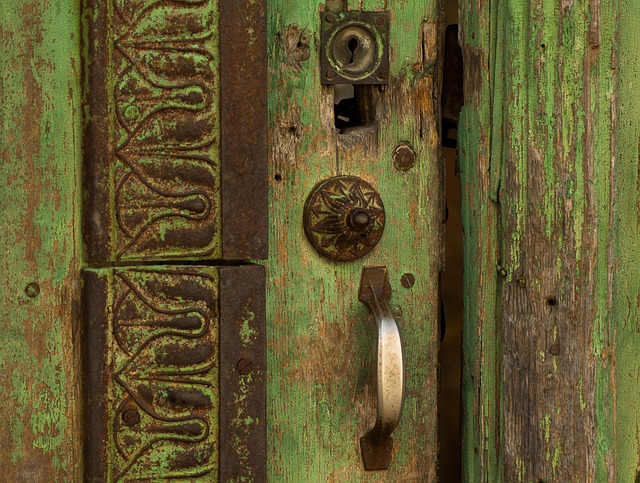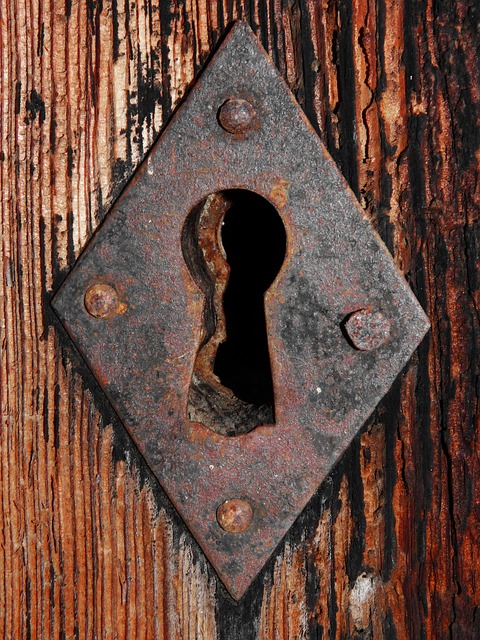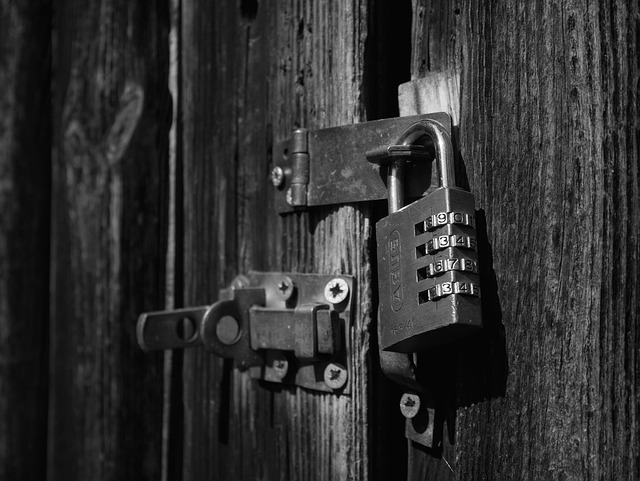Smart home safety systems tailored for seniors are transforming their well-being by addressing unique age-related needs. Leveraging sensor technology, automated routines, and user-friendly interfaces, these innovations enhance independence, detect falls early, provide medication reminders, and offer emergency alerts. Customizable features cater to individual preferences, ensuring peace of mind for seniors and caregivers alike while fostering a safer, more comfortable home environment.
In today’s digital era, smart home safety for elderly individuals has become a top priority. Understanding the unique safety needs of seniors is crucial for designing effective user-friendly systems. This article explores the vital role of smart home technology in enhancing senior safety, highlighting key features of intuitive safety systems tailored for elders. We’ll guide you through implementing and customizing smart home safety solutions, ensuring a secure and comfortable living environment for our aging population.
- Understanding the Unique Safety Needs of Seniors
- The Role of Smart Home Technology in Senior Safety
- Key Features of User-Friendly Safety Systems for Elders
- Implementing and Customizing Smart Home Safety Solutions
Understanding the Unique Safety Needs of Seniors

Understanding the unique safety needs of seniors is paramount in designing effective smart home safety systems for elderly individuals. As people age, they often face physical and cognitive changes that can impact their mobility, balance, and overall independence. Falls, for instance, become a significant concern, with nearly one-third of adults aged 65 and older experiencing them annually. Smart home technologies can play a pivotal role in mitigating these risks by providing continuous monitoring and early detection systems.
Sensor-based solutions, such as motion detectors and pressure mats, can alert caregivers or family members when a senior has fallen or is unable to move. Additionally, automated routines that adjust lighting, temperature, and even medication reminders can enhance daily life, ensuring seniors remain safe and comfortable in their homes. These innovations not only promote independence but also offer peace of mind for loved ones.
The Role of Smart Home Technology in Senior Safety

Smart home technology is transforming senior safety by offering innovative solutions tailored to meet the unique needs of aging individuals. Devices such as voice-activated assistants, motion sensors, and automated medication reminders integrate seamlessly into daily routines, enhancing independence and peace of mind. These systems not only alert caregivers or family members in case of emergencies but also encourage active lifestyles through gentle reminders to move around or engage in light exercises.
The use of smart home safety for elderly individuals is particularly beneficial in mitigating fall risks and improving overall well-being. Advanced sensors can detect unusual behavior patterns, indicating potential health issues or falls, enabling prompt intervention. Moreover, these technologies often come with user-friendly interfaces, ensuring seniors can easily control and interact with them, fostering a sense of autonomy and confidence in their living environments.
Key Features of User-Friendly Safety Systems for Elders

User-friendly safety systems designed for seniors, often integrated into smart home technologies, offer a range of key features that enhance their well-being and independence. These systems typically include fall detection sensors, which can alert caregivers or emergency services promptly in case of an accident. Easy-to-use emergency call buttons placed at strategic locations within the home allow seniors to request assistance instantly, ensuring quick response times.
Another vital feature is automated medication reminders, using smart dispensers that notify users when it’s time to take their medication and even contact relatives or healthcare providers if doses are missed. Voice control assistants integrated into these systems enable seniors to interact hands-free, making daily tasks more accessible. Additionally, remote monitoring capabilities allow caregivers to check in on loved ones from afar, promoting peace of mind for both parties.
Implementing and Customizing Smart Home Safety Solutions

Implementing and customizing smart home safety solutions tailored for seniors is a key aspect of enhancing their independence and well-being. These innovative systems go beyond basic security, offering peace of mind by incorporating features like automatic fall detection sensors, voice-controlled emergency alerts, and intelligent medication reminders. Customization plays a vital role in ensuring these technologies are not only adopted but also seamlessly integrated into the user’s daily routine.
Caregivers or family members can adapt settings to suit individual preferences and abilities, such as adjusting sensitivity levels for motion detectors or programming specific routines based on personal schedules. Regular updates and accessibility options, like simple-to-use interfaces or voice assistance, further contribute to making smart home safety solutions user-friendly for the elderly population, fostering a safer and more comfortable living environment.
Smart home safety systems designed with seniors’ unique needs in mind offer a promising future, ensuring their independence and peace of mind. By leveraging advanced technology, these user-friendly solutions provide an innovative approach to senior care. Implementing such systems not only enhances their quality of life but also empowers them to live safely and comfortably in their own homes. As smart home technology continues to evolve, it holds immense potential to revolutionize senior safety, creating a safer and more supportive environment for the elderly community.
